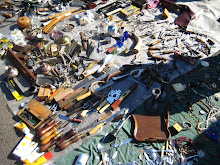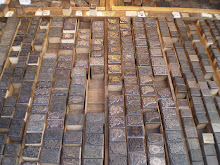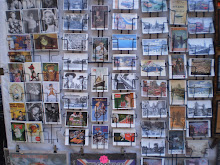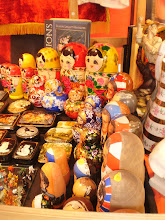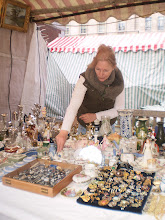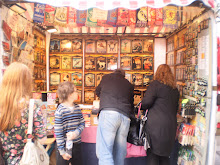"With the development of science and explanation came a loss of wonder as Keats wote on Newton,
"unweaving the rainbow"
Results of the Lemelson-MIT Survey 2003:
"Teens are inspired to invent but seek encouragement from elders.
The survey also revealed that teen creativity leads to inventive ideas. In fact, more than a third of all teens (36%) reported having a great idea for a unique invention. When asked what would motivate them to take the next step in developing ideas for a unique invention, nearly half (43%) of the teens surveyed agreed that encouragement form parents of teachers is the key."
"Teens are inspired to invent but seek encouragement from elders.
The survey also revealed that teen creativity leads to inventive ideas. In fact, more than a third of all teens (36%) reported having a great idea for a unique invention. When asked what would motivate them to take the next step in developing ideas for a unique invention, nearly half (43%) of the teens surveyed agreed that encouragement form parents of teachers is the key."














